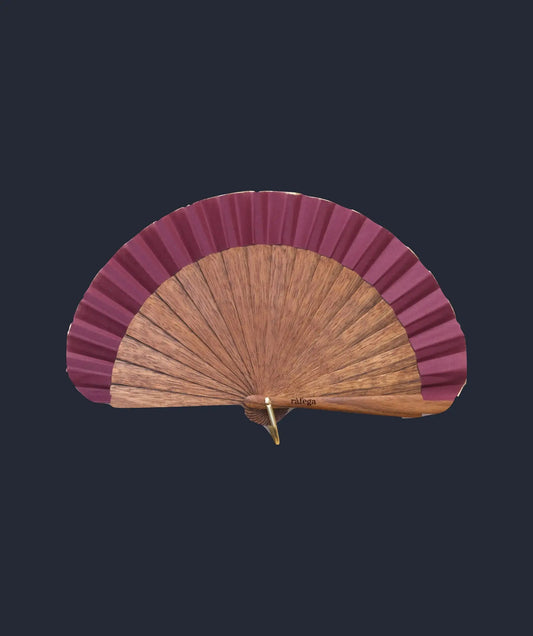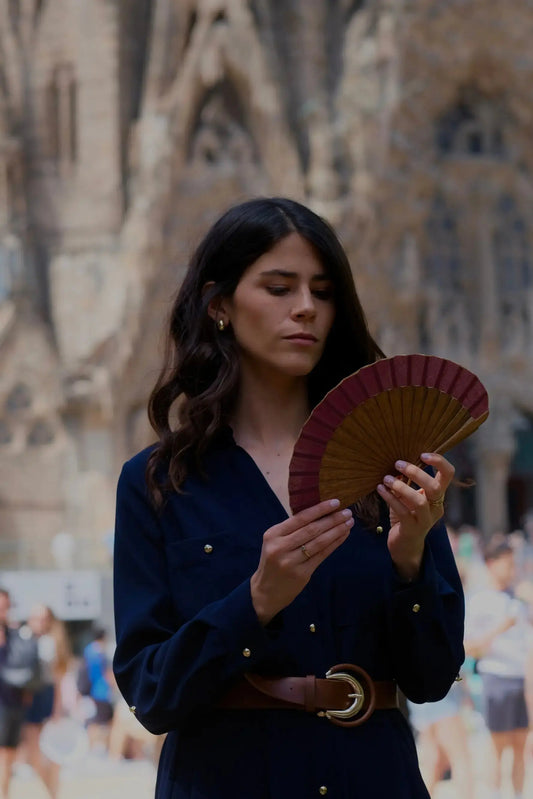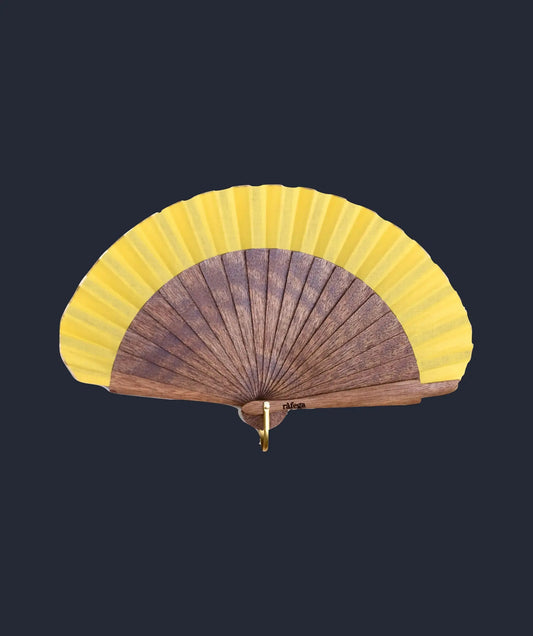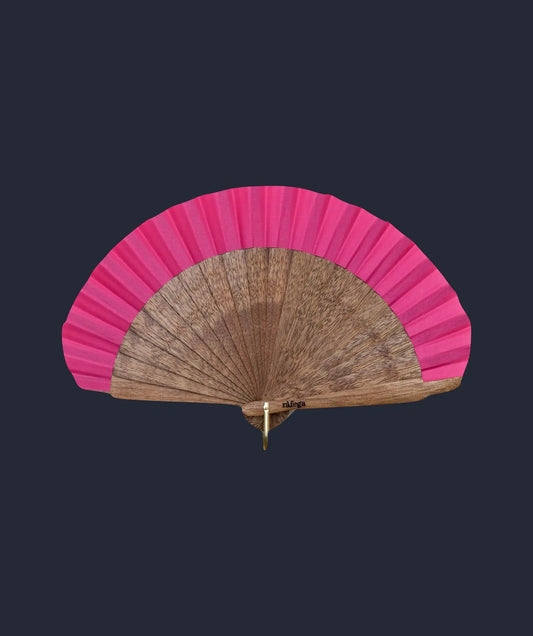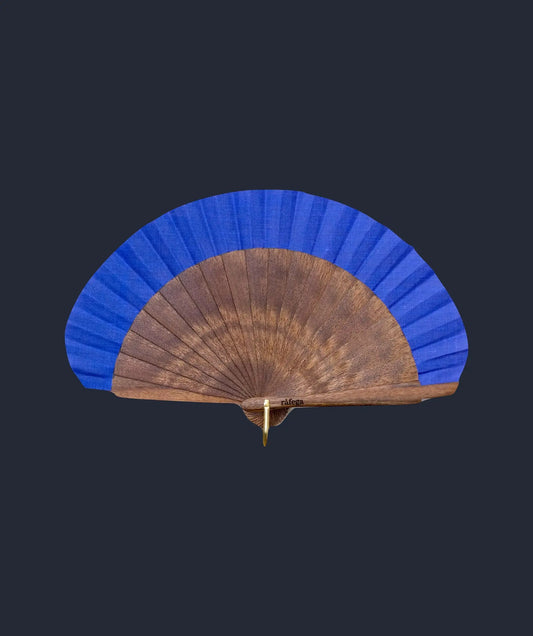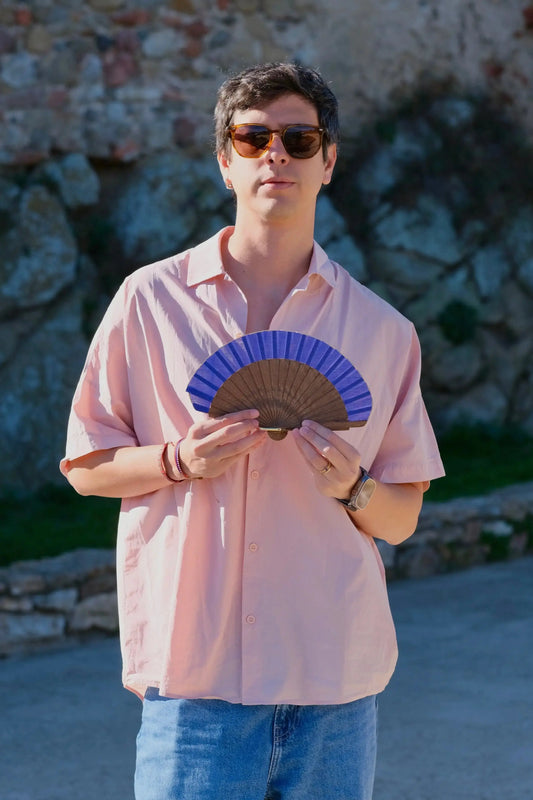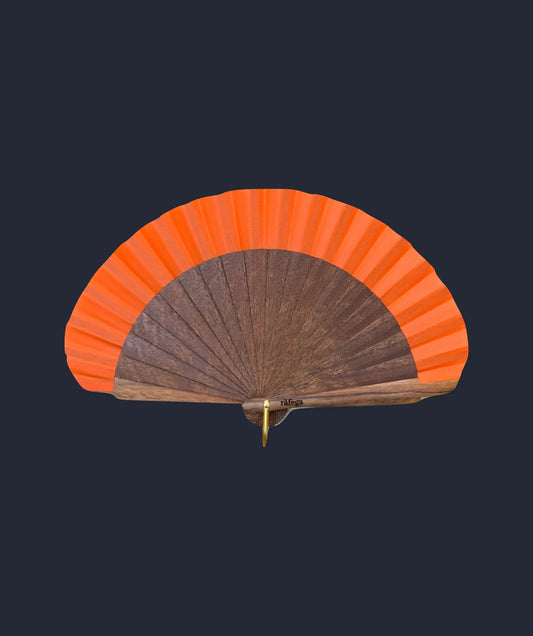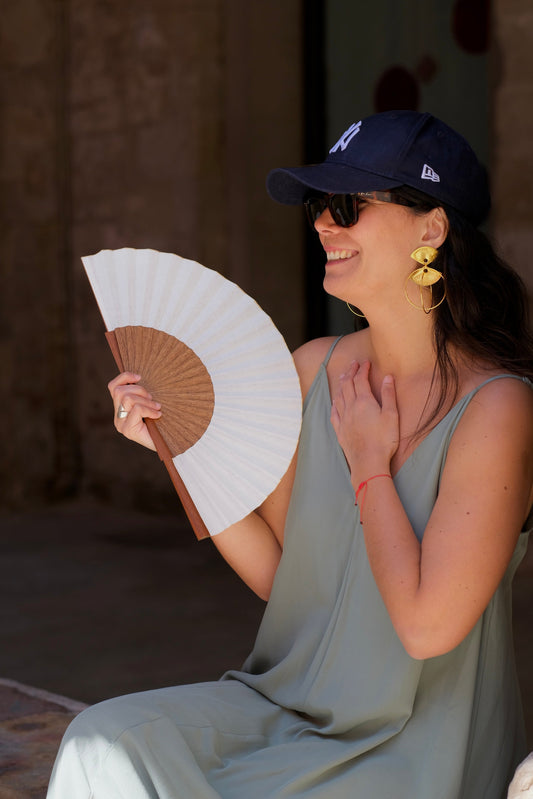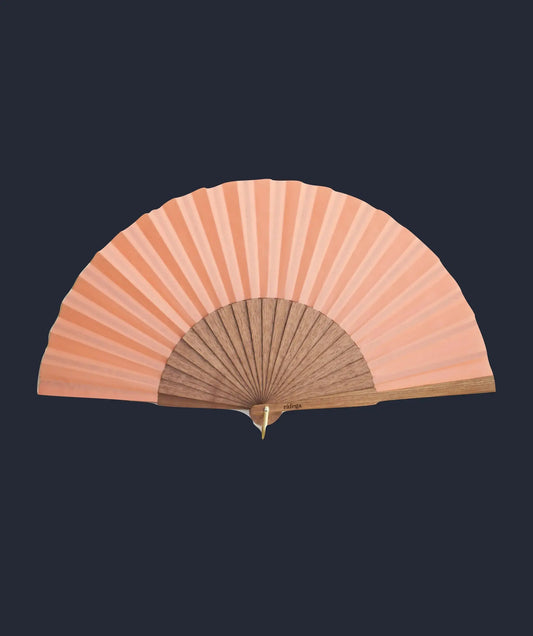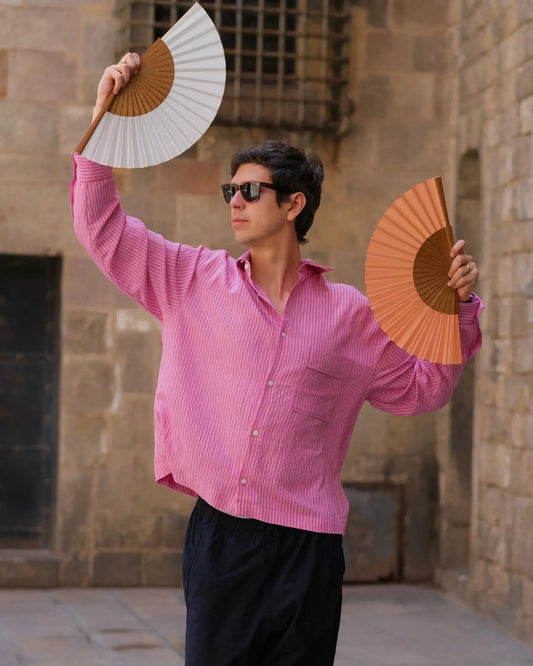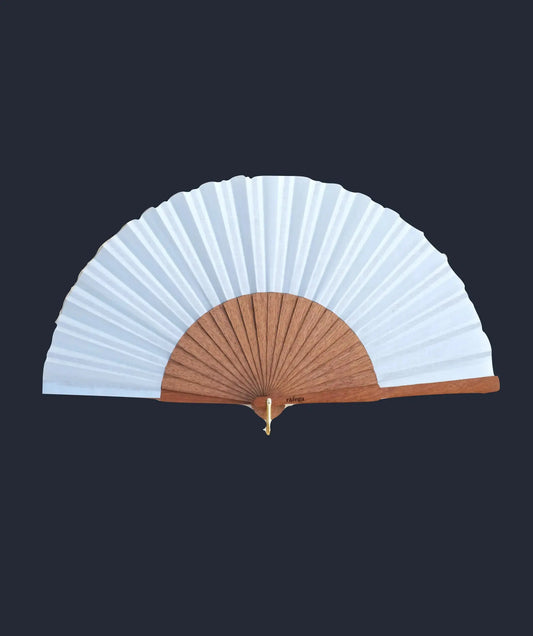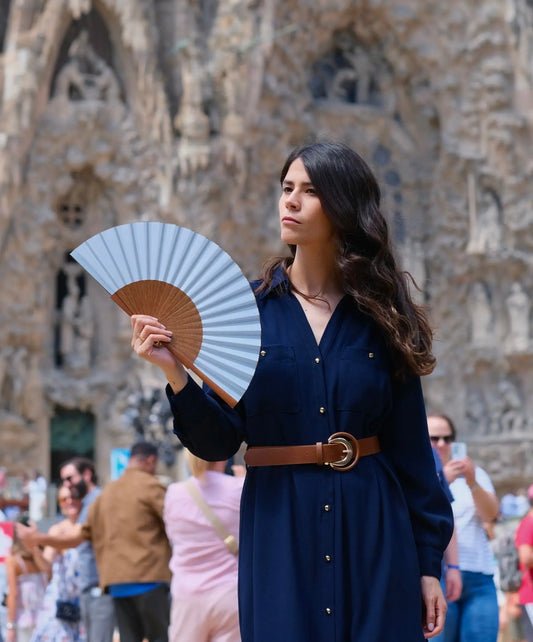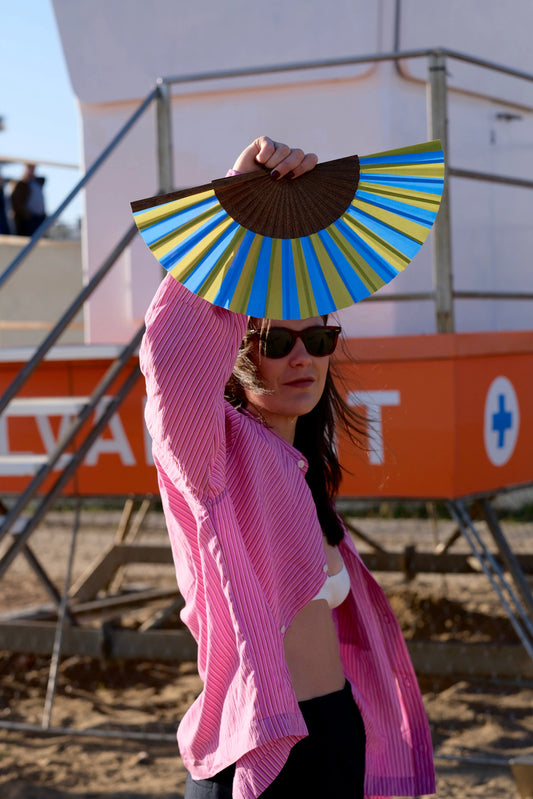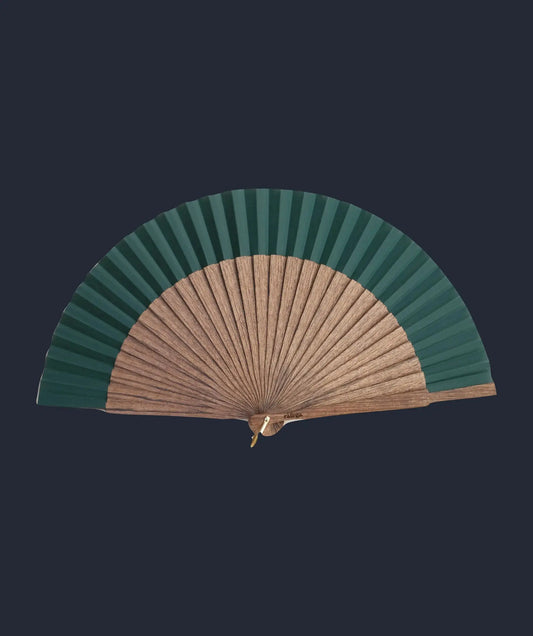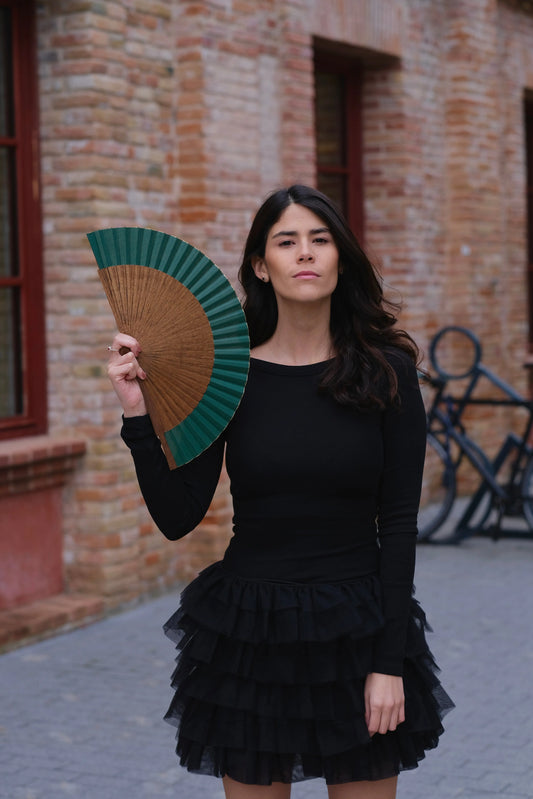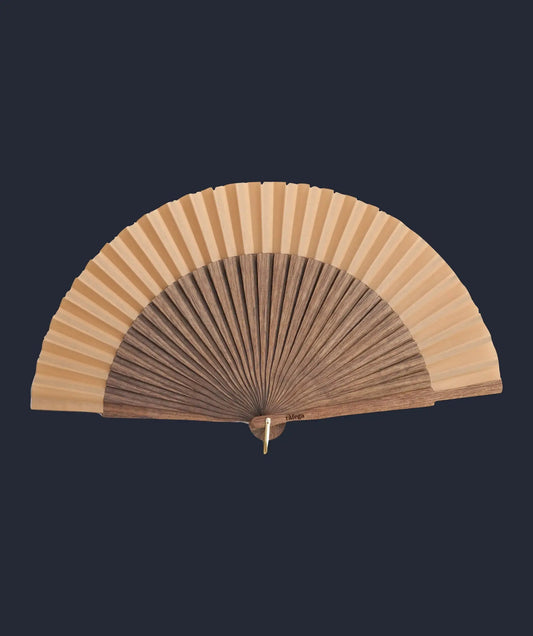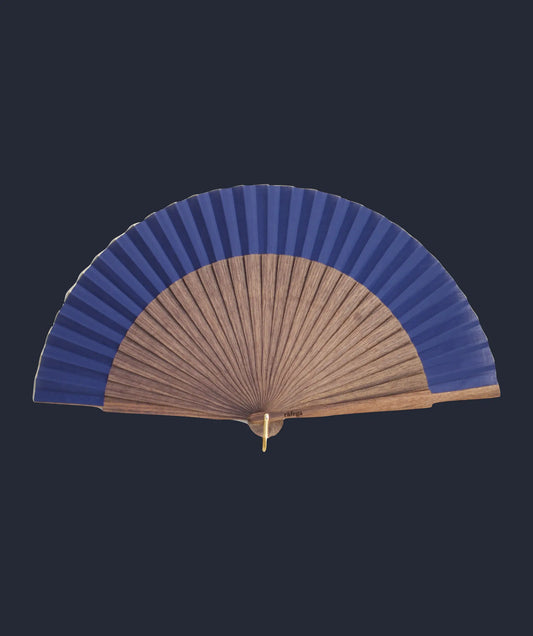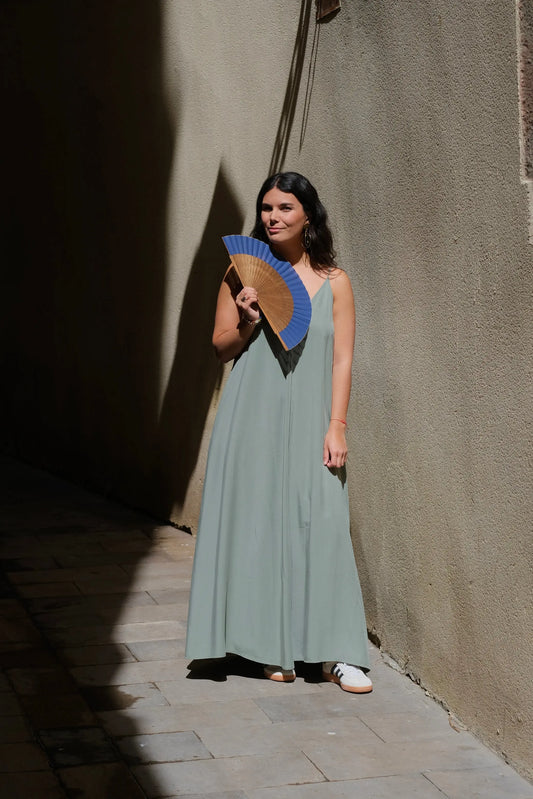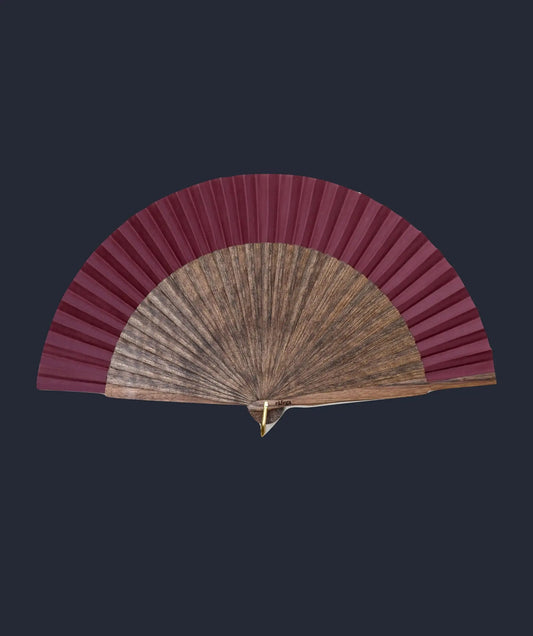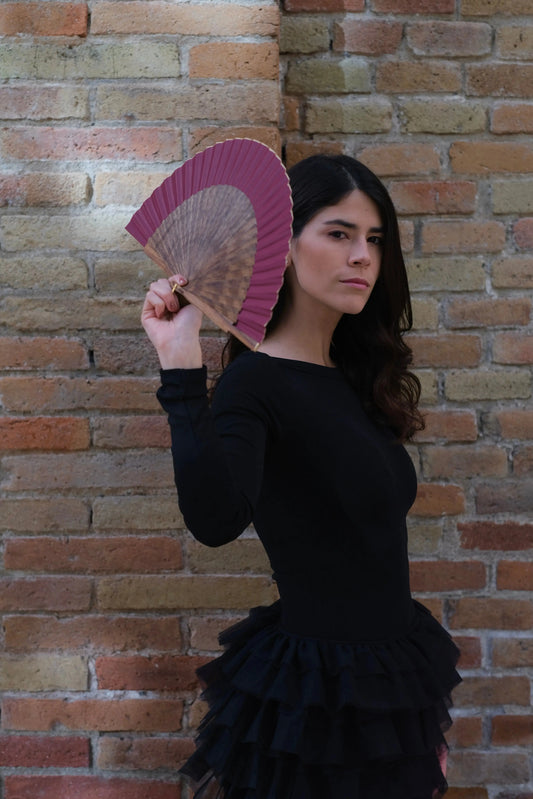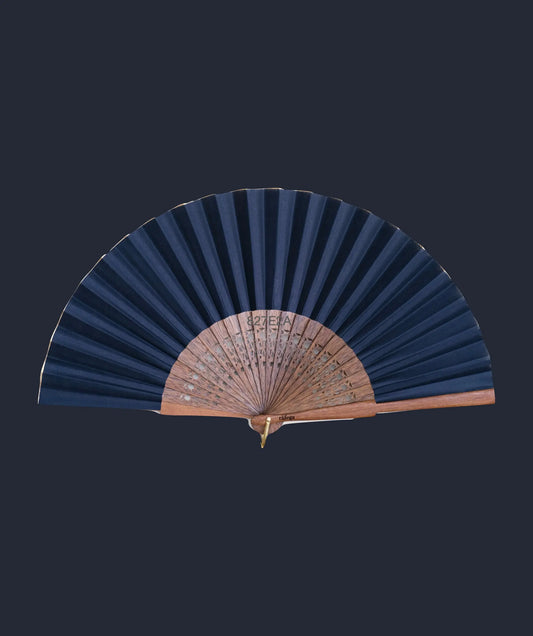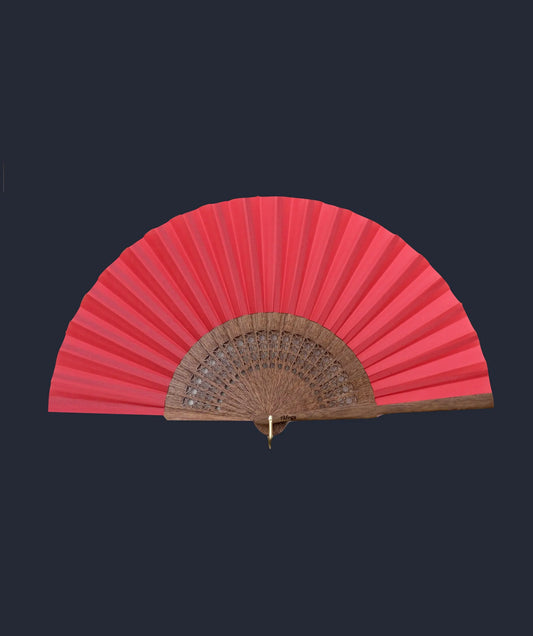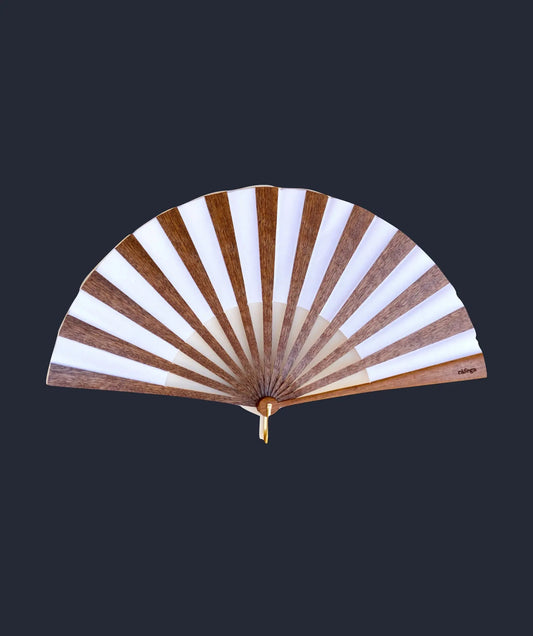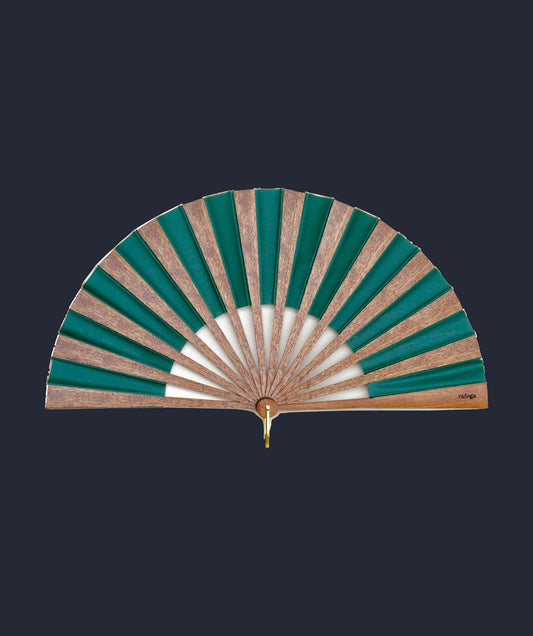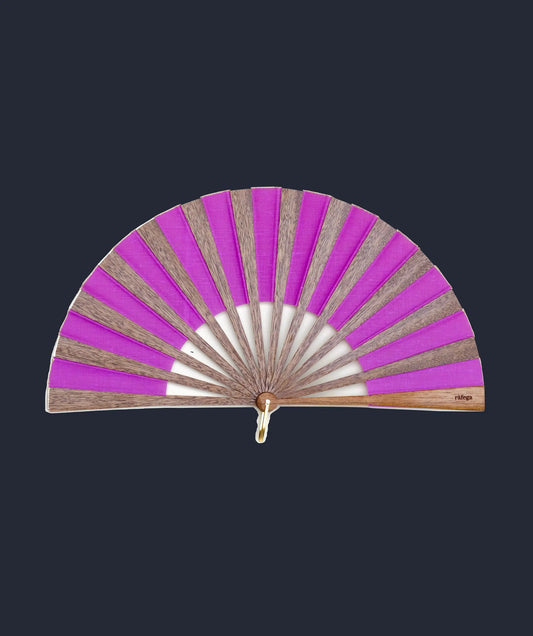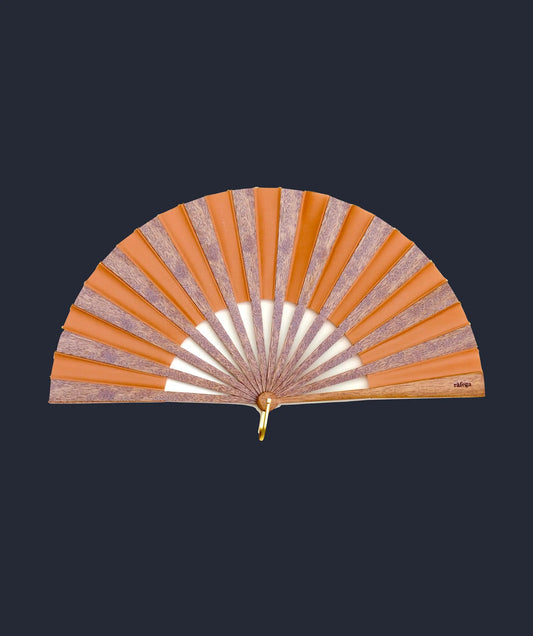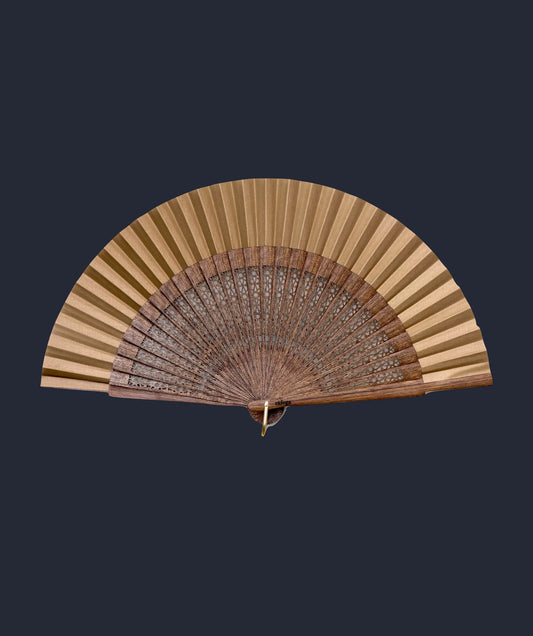In the fan industry, it's popularly said that the fan is as old as heat itself. And there's no doubt that's true. Although today we see it as an elegant accessory or a simple ally against the heat, the fan has a surprisingly ancient and rich history.
According to the Fan Museum in London, UK, fans were already used more than 3,000 years ago in Ancient Egypt, not only to refresh high-ranking officials at court, but also as symbols of power and luxury. Just look at Tutankhamun's famous Golden Fan, covered in gold leaf and decorated with hunting scenes. Of course, the accessory was more of a status statement than a practical tool.

It is also said that fans existed in Ancient Greece. Although no real fans have survived, many ceramics and figurines depict women with stiff fans decorated with feathers. They were as much a part of the style as the attire they wore.
The Fan Museum also claims that in the Far East, fans have appeared in paintings since at least the 8th century, demonstrating that their use spread across very different cultures, always combining functionality with elegance.
How did the fan arrive in Europe, especially in Spain? It is said that it entered the ancient continent through Venetian trade with the East and also through Portuguese trade routes in the 16th century. In fact, it has been established that the Portuguese played a leading role in the introduction of the folding fan, especially in Spain, where it immediately attracted the attention of royalty.

It took until the 18th century for the fan to become popular throughout the peninsula, largely with the founding of the Royal Fan Factory in Valencia. This factory operated for 20 years and gave rise to the province's fan-making industry, which remains strong and robust today. We know this because Ràfega fans come from that history and from the ancestors of our artisans.
By the 19th century, almost all women in Spain carried them frequently. Later, the handcrafted fan began to be manufactured in different sizes, giving rise to, for example, the large-sized pericón fan, widely used in the arts, especially dance and theater. Hence its connection to flamenco.
This blog, obviously, skips over important historical moments and fascinating details, which we invite you to consult in various books and online documentation. But this is our way of telling you that the next time you use a fan, remember that you are holding centuries of history in your hands.
So now you know: a fan isn't just a pretty object or a summer treat. It's history, art, and handmade craftsmanship.
When choosing one, don't just think about its color or design: think about the hands that created it, the tradition it represents, and the centuries of culture that support it.
Because supporting Spanish artisanal fans also means preserving a valuable part of our identity. And with every gust that refreshes you, a legacy that shouldn't be lost travels along.
Thank you for being part of this story.


